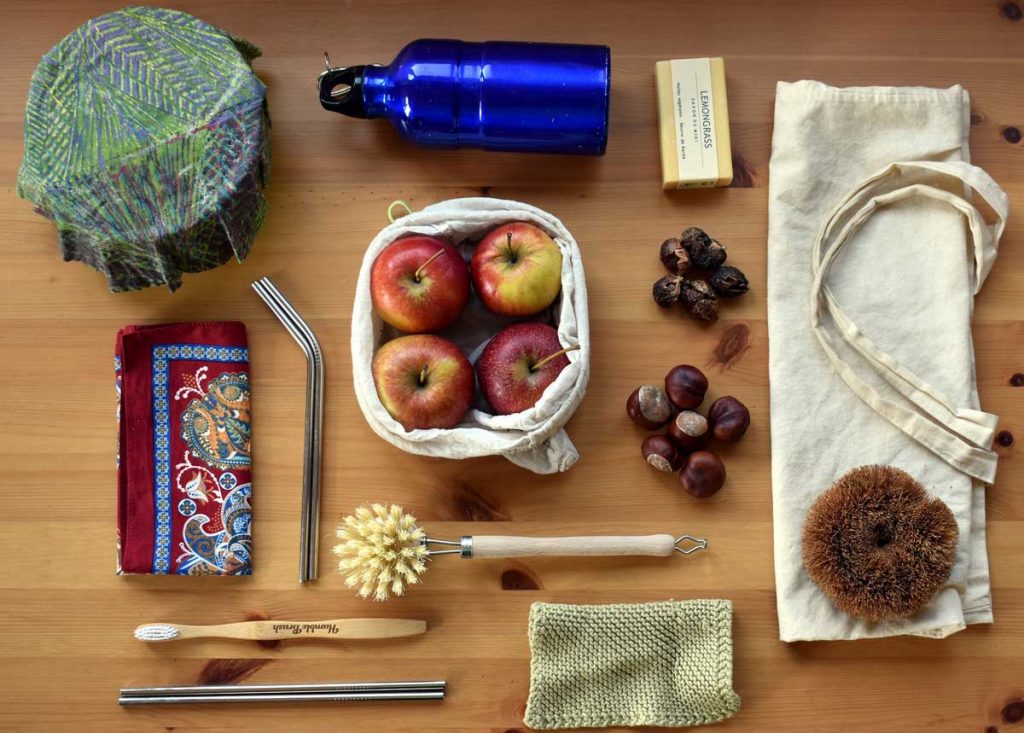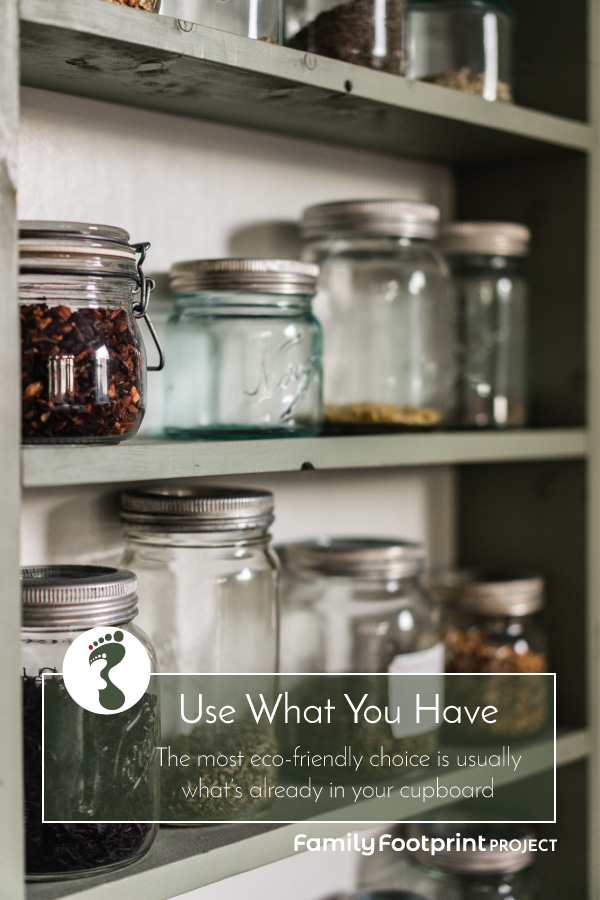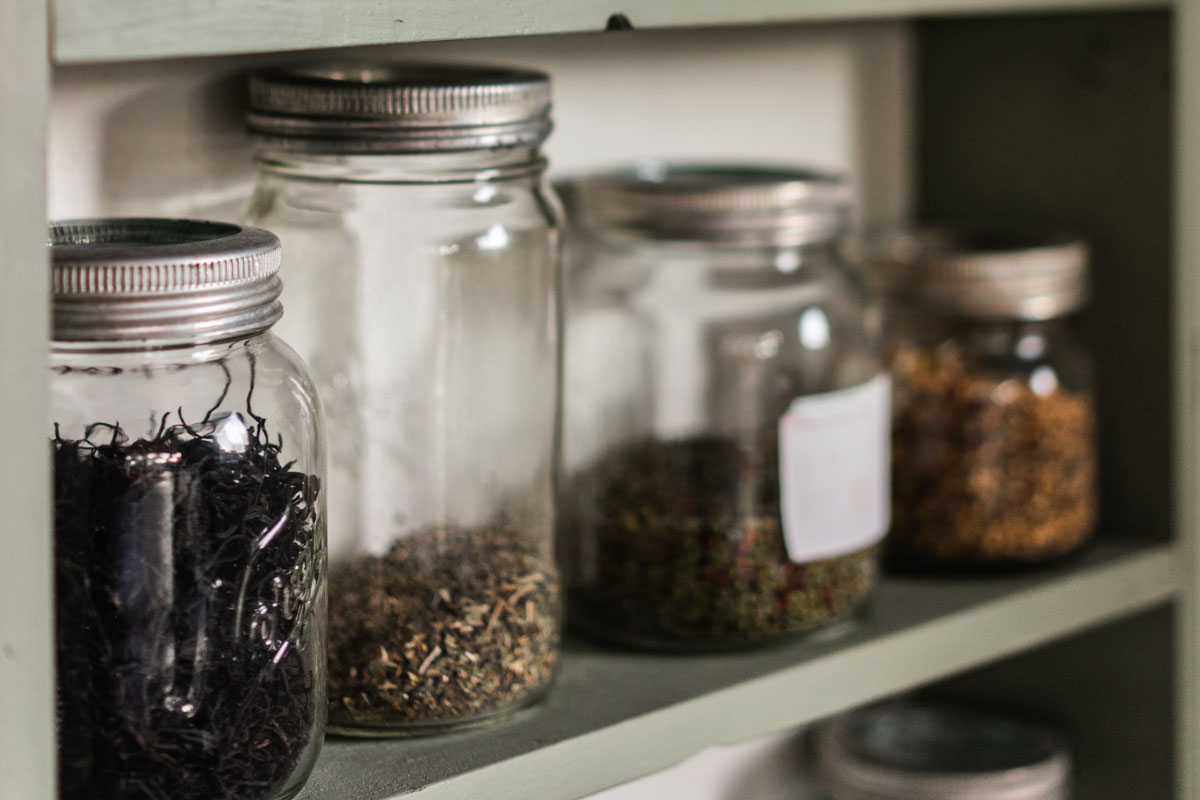The idea to ‘use what you have’ is not new but it is difficult to break free from the consumerist principles of our society even when we are trying to live a lower waste life. Even those with anti-consumerist values are being targeted by marketing. For example, there is a flourishing industry in ‘Zero Waste’ products. There is something of a contradiction in that, don’t you think?

When you start your Family Footprint Project, you might be tempted to stock up on all sorts of products in your excitement to live a lower waste life – swap plastic containers for metal or glass, buy bamboo utensils, order a reusable coffee cup or steel water bottle. You might be super keen to try shampoo and conditioner bars or solid deodorant. All of these things are excellent and may have a place in your quest to reduce your carbon footprint but if you still have serviceable items or products to use up, this is the place to start. Use what you have.
This year, when the kids went back to school, we had enough stationery in the house that all I had to buy for them were a few exercise books and maybe a glue stick. I admit it is easier now they are in high school but they have been set to school with the same coloured pencils, adding in the odd missing colour, for years (more on that in another post). I’ve also gathered up all the pens that were lying around and put them in a tin for them to grab when their pencil cases are (mysteriously) empty – again!

An approach I have taken in our Family Footprint Project, for consumables, is to look for new alternatives when things have run out. This has certainly helped spread out the overwhelming task finding suitable waste or plastic free alternatives. So I used up the washing liquid in a plastic bottle before buying washing powder in a cardboard box and it was only when I needed a new toothbrush that I looked at the bamboo options.
Even when things wear out and need to be replaced, I am training myself to look for secondhand replacements first – or consider whether the item is necessary at all. For example, while it might be aesthetically pleasing to have all matching containers in my pantry, suitable replacements can often be found at my local secondhand, thrift or ‘junk’ stores – or just by reusing glass jars when they are empty. (I’m working on my perfectionist tendencies too!)
I’m trying to live by the motto “Use what you have” and not fall into the trap of consuming more than we need in order to appear to be meeting some arbitrary ‘eco’ standard. The most environmentally friendly choice is usually the one that is already in your cupboard.
[mc4wp_form id=”96″]


